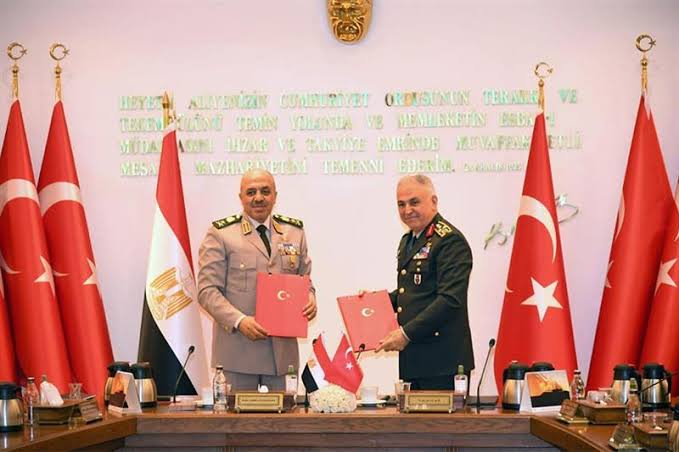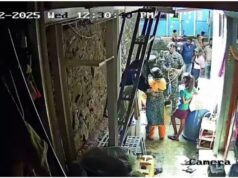A frightened Khalifa reinforcing military defences of Turkey

“Today, Turkey protects its airspace with domestically developed air defence systems and has built an integrated, multi-layered defence architecture,” the republic’s president noted
Turkey will enhance its military defences to a level that will make other countries think twice about attacking it, stated the self styled Khalifa Recep Tayyip Erdogan. This boasting has been done in spite of the failure of Turkey made drones etc used by Pakis during Operation Sindoor initiated by India.
“We will increase our deterrent capabilities to a level where nobody will dare attack us,” Erdogan said, speaking to a meeting of the ruling Justice and Development (AK) Party faction in parliament.
Turkey has its own air defence infrastructure that should theoretically repel any attacks independently. Turkish president emphasized. “Today, Turkey protects its airspace with domestically developed air defence systems and has built an integrated, multi-layered defence architecture,” he noted.
Erdogan clarified that Turkey is peace-oriented and wants stability in the region. “We only want cooperation, stability, and security across the Middle East, but nobody should try to test us or our patience,” he warned.
Earlier, local media reported that Turkey aims to build its own air defence system by 2028. It will be based on the Steel Dome network of weapons of all types, including laser weapons and electronic warfare. The four-layer network will include a short-range anti-aircraft system, capabilities to intercept short-to medium-range and long-range missiles, and laser defences.
Aydinlik a publication said that the decision to create the Steel Dome was made in August 2024 at a meeting of the Turkish National Security Council. Turkey’s top defence companies are working with Aselsan, which produces the majority of air defence missile systems in the country, to source the necessary components.
The components of the Steel Dome will operate on four tiers: very short-, short-, medium-, and long-range. In addition to the air defence system, it will include radar stations (radars), electronic warfare (EW) and directed energy weapons designed primarily to counter drones.
The first echelon will include means to combat drones and mortar shells. It will include the Gokberk mobile laser system and Korkut, Gurz and Shahin anti-aircraft systems.
The second and third echelons will consist of several models of Hisar short-and medium-range anti-aircraft missile systems. They are designed primarily to engage cruise missiles and aircraft at a range of 15 to 40 km.
To counter aerial threats at a greater distance, the Siper anti-aircraft missile system, which the newspaper called one of Turkey’s strategic assets, will be used. The Block-1 version of this air defence system with a range of more than 100 km was put into service in April 2024.
The Block-2 and Block-3 modifications, which are still in development, will have a range of more than 150 and 180 km, respectively. These air defence systems are capable of simultaneously tracking dozens of targets and destroying them at high altitude.
The paper separately mentioned the Russian S-400 anti-aircraft missile systems, which are also in service with the Turkish army. Their range reaches 400 km. Ankara plans to further involve them in the protection of strategic facilities without integrating them with NATO systems.
The “eyes” of Turkey’s Steel Dome will be a radar of the ALP series from Aselsan capable of tracking threats at low and high altitudes.
Most Turkish radars are integrated into the Link-16 tactical data exchange network compatible with NATO systems. However, Turkey views it as an impediment because if there is war with NATO, the vulnerability of the system to external interference may threaten the republic’s security.
This is why, according to defence sources, the armed forces need a national data transmission network that would be completely independent of NATO.
The lack of its own global positioning system presents the key obstacle, on which Aselsan and the Tyubitak Scientific Research Institute of Space Technologies, subordinate to the Technological Council, are currently working together. They plan to commission a national satellite navigation system by 2030.




